Intermittent Fasting: How To Eat And Be Healthy
You probably came here expecting me to give you the answer to “How To Eat And Be Healthy”, right? Well, I wish could tell you an exact and simple answer to that question. No one knows this answer yet. Once you spend the time to read this post, I hope you will understand how complex this question is.
There is so much information out there on the internet about intermittent fasting, 5:2 fasting, periodic fasting, skipping breakfast, etc. There seems to be a new trend popping up every day. How can we possibly keep up with it all? Which way is best? I am about to tell you what current science says about “How To Eat And Be Healthy” by fasting.
I get it. You’re busy. But I encourage you to read the whole article. Now, if you just want my take-away message about eating to be healthier, scroll to the bottom of this post. But you will be missing out on a whole bunch of interesting and exciting stuff.
Besides, after reading this post, you can impress your friends with words like Autophagy (pronounced aw-tuh–fey-jee ) and terms like Early Time-Restricted Feeding. Bonus! Am I right?
Autophagy and Our Health
In 2016, Yoshinori Ohsumi won the Nobel prize for his work on the mechanics of autophagy. Since, the scientific community has exploded with research on the effects of autophagy on our health, including such things as heart disease, Alzheimer’s, aging, liver disease and cancer.
The media and the health industry have taken hold of this new research and have run with it. However, keep in mind that this science is relatively new. Yes, it does look promising from many angles. But there are bad and unknown parts too. We just don’t know enough yet and it is a very complex concept.
What is Autophagy?
So, what is autophagy, anyways? The root word auto- means “self” and -phagia means “to eat”. So, autophagy is just a fancy term for “self-eating”. It is a complex process of the body’s natural way to clean up dead, dying and damaged cells.
There are several ways our bodies accomplish the task of housekeeping. In autophagy, the cells themselves contain two fluid-filled sacs. One is the autophagosome, which collects the damaged garbage components of the cell and transfers it to the other sac, called a lysosome. The lysosome releases chemicals to digest the garbage into basic components that are then recycled to make new cell components. These components can then be used to repair damaged cells or, if the cell is dying or dead, supply nutrients to surrounding cells.

You would think that this is all good, right? And, yes, the process is great when everything lines up and works correctly. Who doesn’t like to recycle! But sometimes things don’t go as planned. There are some downsides to autophagy too. Disruptions in the process can cause disease.
Autophagy: The Bad Parts
Another downside is that autophagy can sometimes preserve cancer cells. Autophagy does not discriminate. It is a fundamental process found in ALL cells, even in yeast cells. It also occurs inside cancer cells. Most autophagy processes recognize and break apart the damaged cells, including cancer cells with their damaged DNA. We want that to happen. We want autophagy to break apart and destroy any cancer cells. But it sometimes can work against us and help tumor cells survive, thrive and spread.
Autophagy processes are triggered when any cell is under stress. Those stresses can be a lack of nutrients or a lack of oxygen. Some cancer treatments work by trying to starve out or suffocate cancer cells. Autophagy doesn’t like even the cancer cells being in distress. So, the process attempts to fix the situation, producing components and chemicals to heal cancer cells too. This isn’t what we want at all. It leads to cancer therapy failures.
Autophagy: The Unknown Parts
Science hasn’t figured out how to control the autophagy processes yet. Researchers are still trying to figure out how to turn it on and off. It would be great to turn it on to destroy cancer cells and turn it off when we are trying to kill these cells by other means. They continue to work on this.
There are some drugs and chemicals that seem to be able to turn it on and some that can turn it off. But we don’t know yet how this all works, exactly.
What And How We Eat Is Vital To Health
But the interesting thing is that it isn’t just drugs or chemicals that seem to control autophagy. What and how we eat also plays a roll. Some researchers have suggested that eating habits can be just as powerful as some chemotherapy agents in cell culture and in laboratory animals. And it seems that controlling our eating helps cancer treatments work better. This is very exciting news, indeed.
“Let food be thy medicine and medicine be thy food.”
– Hippocrates –
Numerous recent studies have shown that dietary restriction can help control autophagy too. This makes sense, since Dr. Ohsumi’s discoveries started by starving yeast cells. Research into dietary restrictions have shown benefits in such diseases as diabetes, liver disease, heart disease, Alzheimer’s, stroke, and cancer.
It seems that restricting what and how we eat promotes autophagy through a cascade of hormones, such as insulin, leptin, and ghrelin. This all leads to protection of our cells, more efficient use of our energy, weight control, slower aging and longer lives.

There Are Many Ways to Accomplish The Same Thing
Dietary restrictions can take many forms. And searching the science journals shows that all these forms are being studied in one way or another. This has led to many of the diet trends we see in the media and health industry.
But, while tremendously exciting research, a lot of it is relatively new and not well understood yet. Most of the research has been done in cell cultures and in animals. There are very few good, controlled studies in people. But these few studies done in people are promising.
There are a few ways we can restrict our diet to a healthy advantage. It can mean restricting certain foods, like sugars. Or it can mean overall restriction of calories, such as fasting.
Because there are so many different ways that science is looking at autophagy, nutrition and our health, it is confusing to many people. What is the right way? First, they tell us this. Then, they tell us that. What diet is best to help with my cancer? What diet is best for weight loss?
Science Hasn’t Told Us The “Right Way” To Eat
I have heard many cancer patients say that they don’t know what to eat and they are exploring the idea of fasting. But science hasn’t told us the “right way”. We just aren’t there yet. And there likely is more than one way to control autophagy through eating. It is a very complex process with many pathways for intervention.
Two Contenders Are Starting To Emerge
The two most promising and talked about dietary ways to control autophagy in cancer, specifically, is calorie restriction and fasting. So, let’s talk about these.
Calorie Restriction
Calorie restriction is defined as an overall reduction in daily calories by 20 – 40%. The frequency of meals isn’t altered and is classically set as 3 meals per day.
Calorie restriction isn’t a new concept. It has been around for decades. In fact, there is an entire society of like-minded people called the CR Society International that was founded in 1995.
Fasting
Fasting is defined as a deprivation of food for a set period of time, with normal eating between these periods. There are many ways to fast and many new diet trends are popping up saying that they have the best method. But I am a science geek, so I will only talk about what science tells us about fasting.
There have been many books and articles written on the subjects. Religious fasting has been around for centuries. Recently, fasting was made popular with the book The FastDiet published in 2013, which soared to the best seller list. An internet search conducted by researchers Patterson and Sears in 2016, found over 210,000 hits on intermittent fasting alone. There are likely many more hits in 2019. People are very interested in fasting.
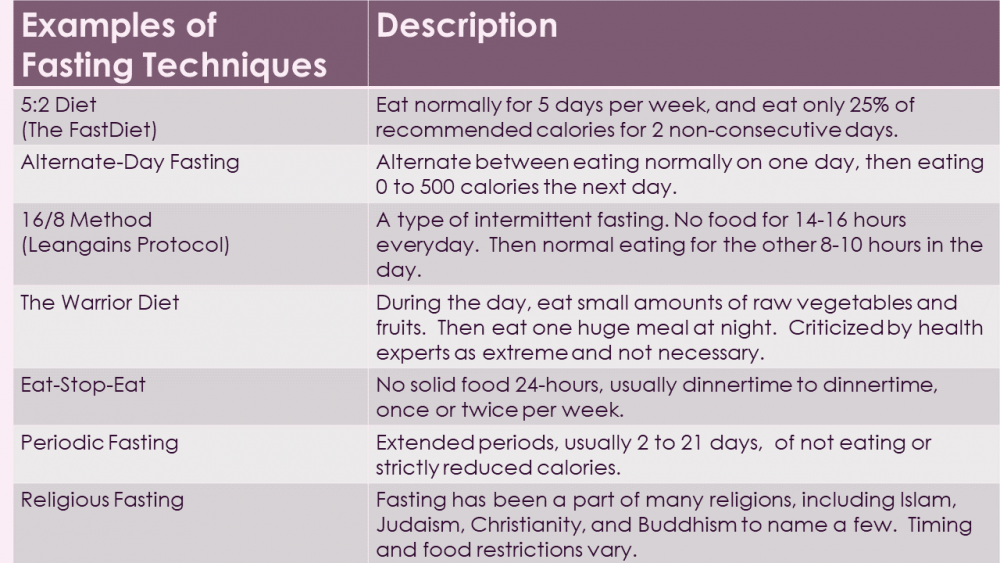
We know that controlling our eating is good for our health. What we don’t know, from lack of good research data, is what method of dietary restriction is ideal for weight control and disease prevention. Some methods seem better for weight loss and some seem better for cancer prevention, for example. Some are better for men, and some are better for women, as another example. And it isn’t clear if the results in laboratory animals are true for people too.
Calorie Restriction And Fasting Are Not Sustainable Long-Term
Also, going without food and drastic reductions in calories are hard to maintain. As one researcher put it, these methods are “psychologically uncomfortable”.
We don’t like to feel hungry. Many of us, including me, love to eat. And we love to eat high calorie foods full of sugar, fat and salt. These foods trigger the brain’s comfort center and make us feel full and happy. To deny ourselves food tends to make us tired, cranky and miserable.
Certainly, the researchers in this field have reported that their human subjects feel this way. Many participants drop out of the research protocols because they don’t like to feel deprived of food.
Circadian Rhythm Timed Eating May Be The Answer
But there is hope on the horizon. Researchers are now looking at fasting as it relates to the body’s internal clock.
There have been numerous studies looking at habits of night-time shift workers.. There is a higher incidence of obesity and obesity-related diseases, such as diabetes, heart disease and cancer, in people who eat during the dark hours. So, researchers are now hypothesizing that eating during these dark hours may play a role. Research in laboratory animals also supports this concept.
The timing of eating is very important in health and preventing disease.
Daytime Eating May Be Sustainable Over Time
The newest trend in dietary restriction, related to the body’s natural rhythm, may also be the easiest for us to do. Restricting our eating to only early daytime hours may be what nature intended for us after all.

One study explored the concept of early time-restricted feeding (eTRF). The researchers divided participants into two groups. A control group ate from 7:00 am to 7:00 pm with a 12 hour fast during the night. The eTRF group ate from 7:00 am to 3:00 pm only, with an 18 hour fast at night. The researchers concluded that intermittent fasting scheduled within circadian cycles may be an effective method of dietary restriction.
The participants in this study did not feel hungry or deprived. There was 100% cooperation, which suggests that eTRF may be sustainable over time. While the study was designed to not have participants lose any significant weight over the 5-week period, they did have health changes such as improved insulin levels, reduced blood pressure and improved immune system parameters.
More Research Is Needed
I find this very exciting. While we wait for more research, this method seems like a reasonable and safe way to fast, control autophagy in our favor and maintain our health. I look forward to reading more research as it is published.
My take-away from all this?
- Eat healthy foods, such as vegetables, fruits, whole grains and healthy proteins.
- Limit sugar and refined grains.
- Avoid eating processed and junk foods.
- Cook foods with a method that is healthier, avoiding high temperature cooking.
- Eat breakfast, lunch and dinner earlier during the daylight hours.
- Don’t overeat. Avoid that “stuffed” uncomfortable feeling. But also don’t go hungry either. Hunger triggers other hormones and makes us miserable.
- Avoid snacking between meals so that food already eaten can be processed properly.
- And, finally, don’t eat at night. Stop eating when the sun sets in the evening to take advantage of the body’s natural cycles.

I hope you made it through the whole article and have an appreciation of how complex this all is. I hope I have made this a little clearer for you now.
We do the best that we can given the information we have at the time. This could change as the research progresses. But for now, this looks like a good place to start eating to be healthy.
Be sure to check out the Healthy Eating Archives for more articles on eating healthy.
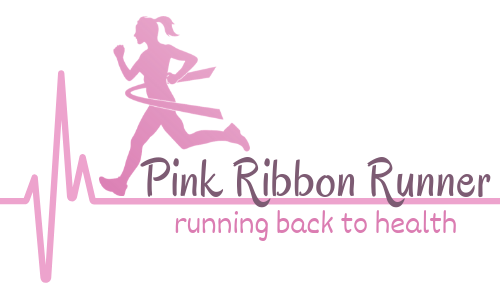

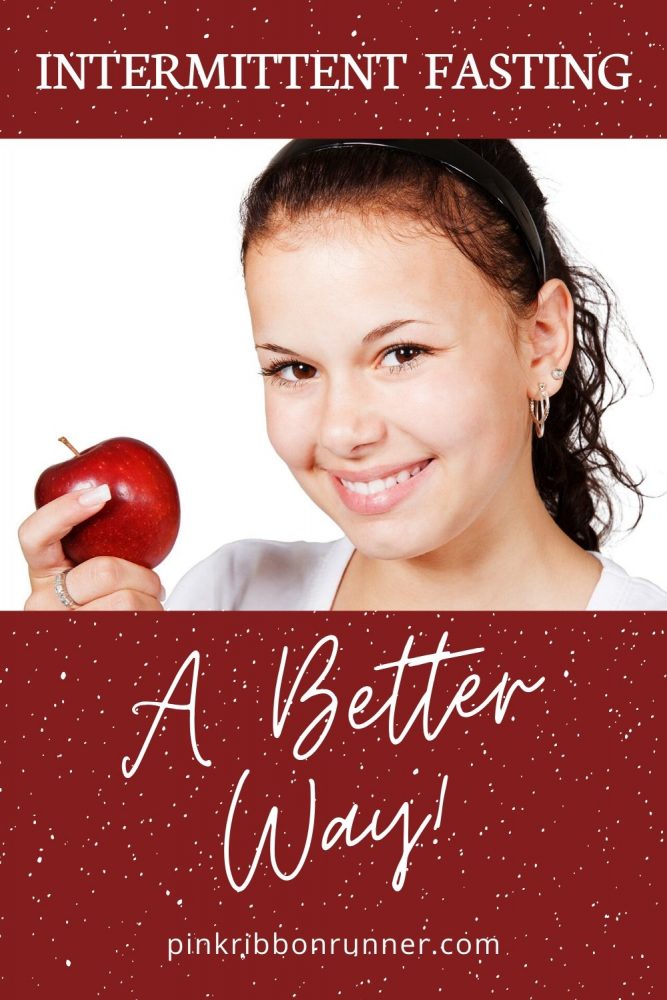

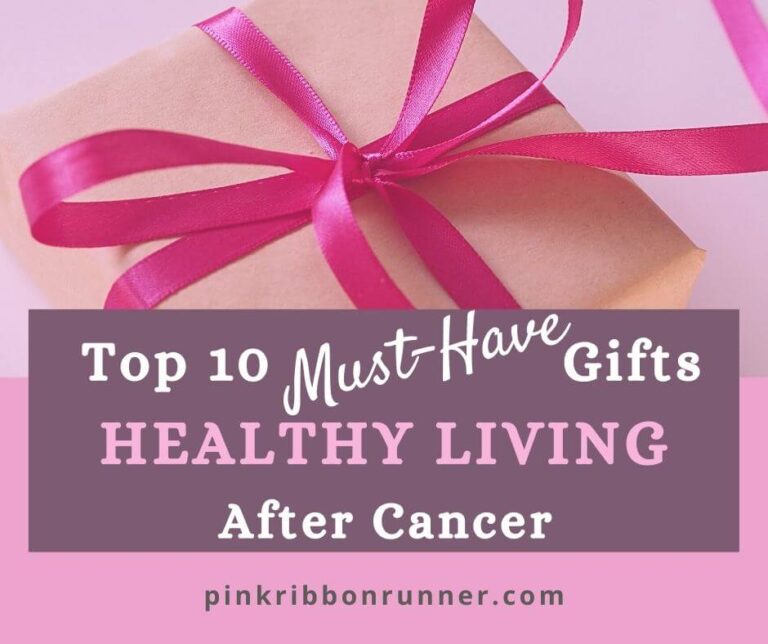
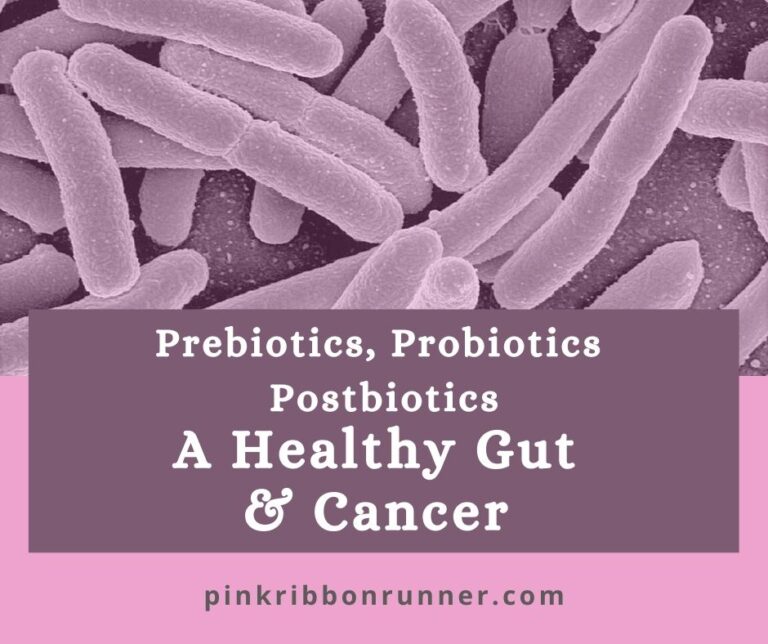
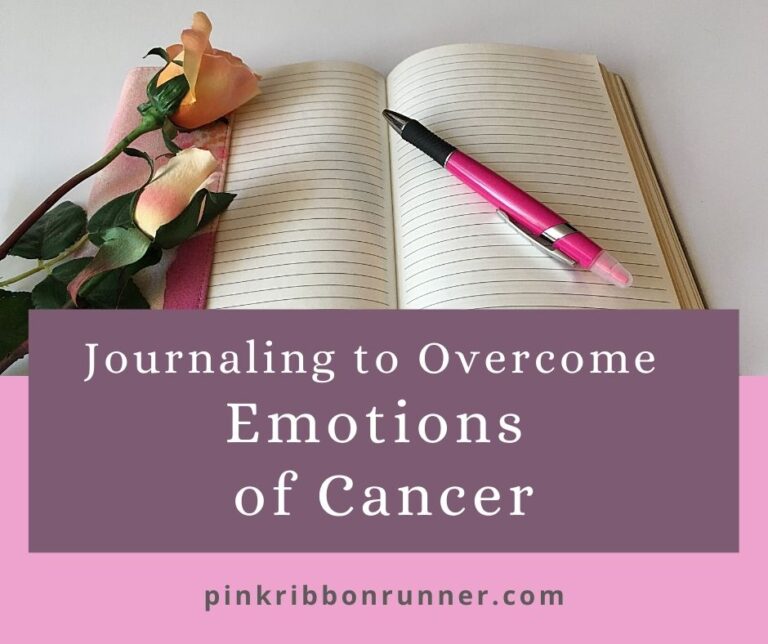

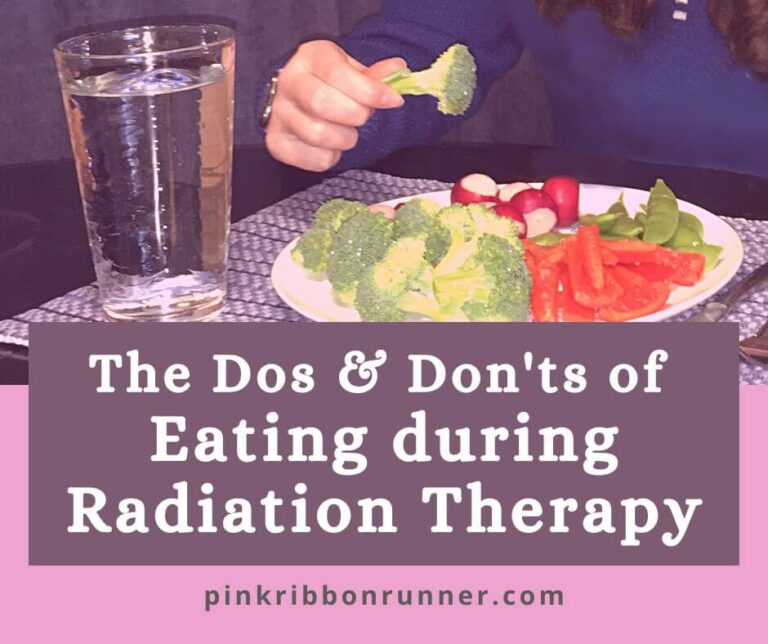
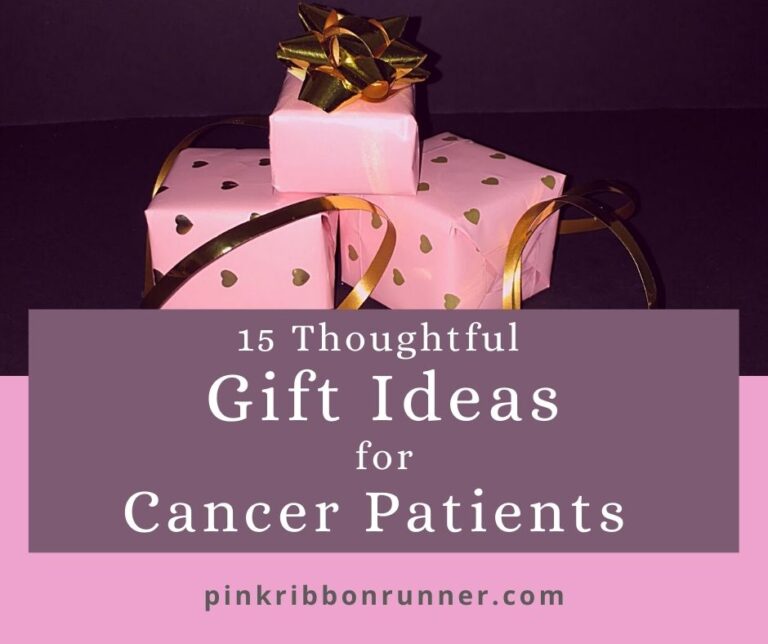
Love this article and your overall tips on how to be healthy at the end. I think those are great takeaways, and I completely agree! Great post, and thank you for sharing your insight!
Very informative and helpful post! Autophagy is definitely an interesting and complex concept! Thanks for sharing!
I like your graphic at the end on how to eat healthy. Eating fruits and vegetables always makes me feel better than eating processed food and junk food. I’ve cut a lot of stuff out of my diet. Junk food literally makes me sick now even if I try to eat it. It’s so important that we take care of ourselves and not just eat whatever we want 🙂
Great post! Thanks! It’s becoming way harder to lose any weight while staying at home. Being active is very important for staying healthy.
I do intermittent fasting for about 2 months now. I listen to my body, but mostly I don’t eat before at least 11 and after 21h. I feel amazing! I always start my day with fruits only and that wakes me up better than any coffee ever will 🙂 Thank you for sharing this!
You are very welcome. Intermittent fasting is not easy. Congratulations on your dedication.
Great tips, I am working on making better choices when it comes to food and nutrition.
That’s fantastic! Your body will thank you.
Thanks for the advice. I always prefer to have home cooked food.
Home cooked is the way to go!
It’s crazy how much of a difference a steady sleep schedule can make! Thanks for all the helpful tips and for the reminder to get my zzzs tonight (:
Sleep well! Thanks for the comment.